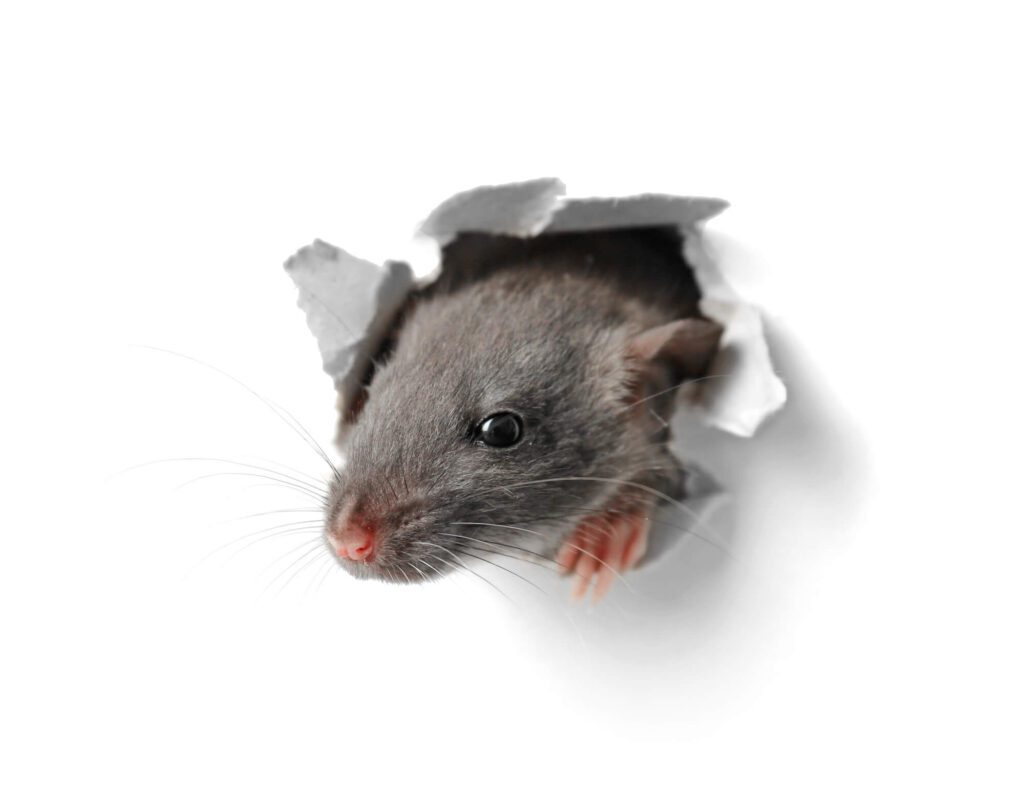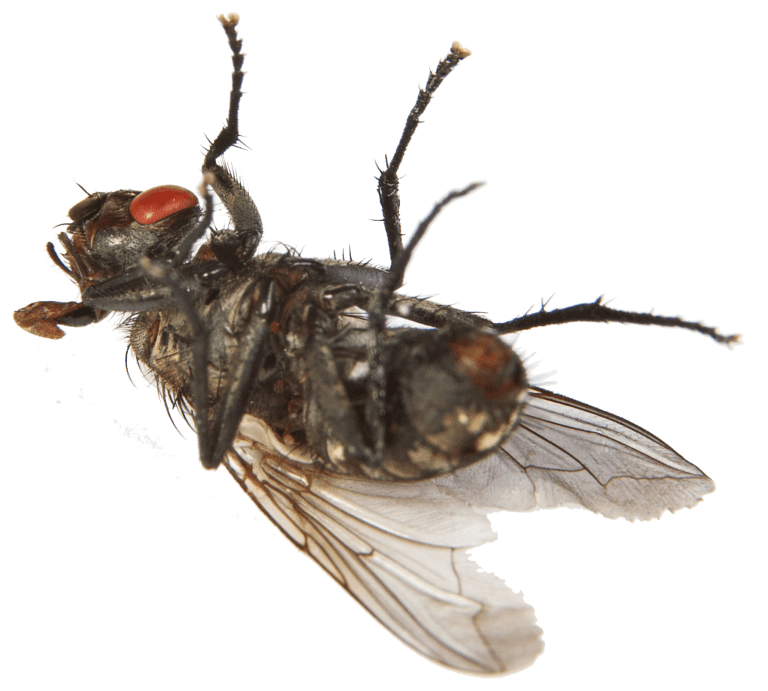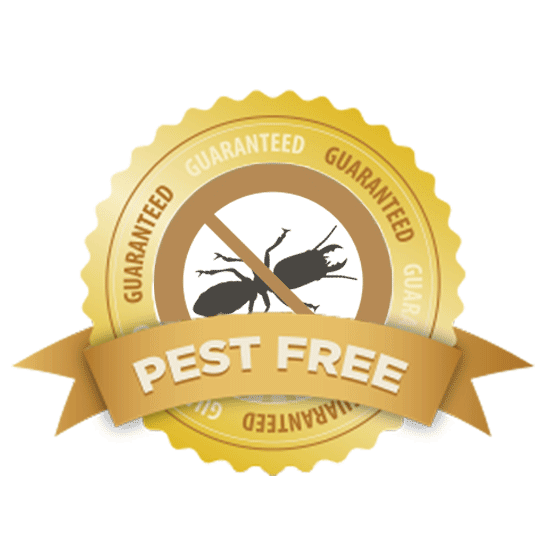It’s well known that Florida has plenty of interesting wildlife roaming its state.
Between news about the 5′-2″ Asian water monitor captured in May and the state hiring hunters to deal with the python invasion, the more common animal problems have a hard time making the headlines.
However, there are some large rodents in Florida that people need to be aware of and be able to detect.
Keep reading to learn more about these pests.
Large Rodents in Florida
Both rats and mice are a problem in Southern Florida. Because they need food, water, and shelter too, our homes are very enticing to them. We have everything they need to survive.
Rodents are destructive and spread contaminants throughout our homes and living areas.
They are small and their bodies are perfectly designed for squeezing through small openings and for climbing.
Their long teeth continually grow and must be sharpened. In order to do so, they must chew on things. These things include most of the materials that make up our homes. Some can chew through wood, metal, ductwork and electrical wiring.
Below is specific information about detecting and deterring each of the three main species of rodents plaguing Southern Florida.
Roof Rats
Roof rats are the most common rat found in and around homes in Southern Florida.
They can be found in your attic, wall spaces, attics, garbage bins, wood piles, fruit trees, and palm trees. They prefer to nest high off the ground.
They can grow up to 8″ long with a 10″ long tail. They come in two different color patterns: black or dark grey with a lighter underbelly or brown with a white or cream underbelly. They weigh between 1/2 and 1 pound.
They can chew through electrical wiring and have caused many house fires by doing so.
Roof rats can reproduce at the age of 3 to 5 months and can have up to 6 litters per year. Each litter can produce 6-8 pups.
Roof rats are nocturnal so you’re most likely to hear their activity at night.
Norway Rats
Norway rats are mostly found near the coast and canal areas, which is why they also called sewer rats and ship rats.
They can grow up to 18 inches in length. They can be gray or reddish-brown. Adults weigh 3/4 to 1 pound. They look fatter than roof rats.
They are also nocturnal.
They like to burrow rather than climb so they are more likely to be found under your foundation or building.
Norway rats can reproduce at the age of 3 to 5 months and have up to 7 litters per year, with up to 12 pups in each litter.
Their droppings are shaped like a pill with flat ends and can be up to 3/4″ long.
House Mouse
House mice are the most common type of mouse found in Southern Florida.
They are smaller than rats. A house mouse can grow to be 7 inches in length from nose to end of their hairless tail. They are can be brown, grey or black. They have large black, beady eyes.
They can be found outside in your yard and bushes and inside in your basement, attic, furniture, wall spaces, and in cabinets.
They are attracted to cereal grains and other human foods.
House mice are very quiet. Often the only way you will know you have a mouse in your yard or house is by seeing their droppings. Their droppings look like black rice and can be approximately 1/4″ long.
How to Protect Your Home from Rodents
A determined rodent is hard to deter, but there are things you can do to make your house and yard less attractive to them.
Staying proactive about keeping your home and property tidy will go a long way towards keeping them away and will also allow you to notice them sooner if they do show up.
What to Do
Keep your kitchen clean by:
- Cleaning up promptly after cooking and eating, removing any leftover food on dishes and in pans.
- Wipe down countertops and stove top to remove food crumbs and spills
- Sweep floors to remove food crumbs and spills
- Store food, especially cereal grains, in air-tight containers
Things to do around your house:
- Seal up any holes leading into your house. A dime-sized hole is all it takes for a mouse to crawl in. Rats need a hole that is the size of a quarter. But keep in mind that they can chew a hole to make it larger.
Things to do outside:
- Remove dense vegetation, dead leaves, and fallen branches
- Trim all trees and shrubs so they do not touch your house
- Keep stacks of firewood at least 20 feet from the house
Don’t forget to rodent proof your garage, whether it is attached to your house or not. You don’t want rodents crawling into your car and chewing through your car’s wiring.
Act Now If You Have Rodents
Because these rodents can breed often and many times per year, they can grow their population to a large number in a short span of time. So don’t wait for these large rodents in Florida to take over your house or yard.
If you are seeing evidence of their existence, it is likely they have already established a significant colony at your home. Schedule an appointment and let’s help you get rid of those pests.
For more information about how to identify rodents and other pests that can wreak havoc around your house, and what to do about them, keep reading our blog.





